#comets
Text
While details are understandably slim today, life on Earth is thought to have arisen about 4 billion years ago from a fateful blend of organic compounds popularly known as primordial soup.
Just how – and where – the ingredients for this proto-biological entree were generated is still a field of debate, given the timeline and surface conditions on a cooling baby Earth.
Crucial materials like amino acids, lipids, and sugars can form in the depths of space, as recent research has shown, and have been delivered to the early Earth via meteorites and comets.
According to a new study by a team from Germany and France, that scenario is not only plausible, but offers the most likely explanation for how Earth obtained certain building blocks of life, some of which would have formed more efficiently in interstellar space.
Continue Reading.
59 notes
·
View notes
Text
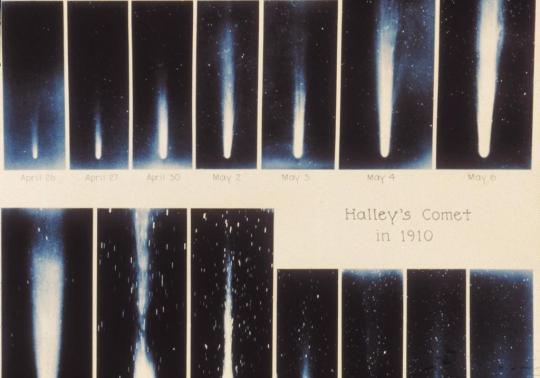
Halley's Comet Tails, 1910
Mount Wilson Observatory
6K notes
·
View notes
Photo

oscar woodiwis
6K notes
·
View notes
Text
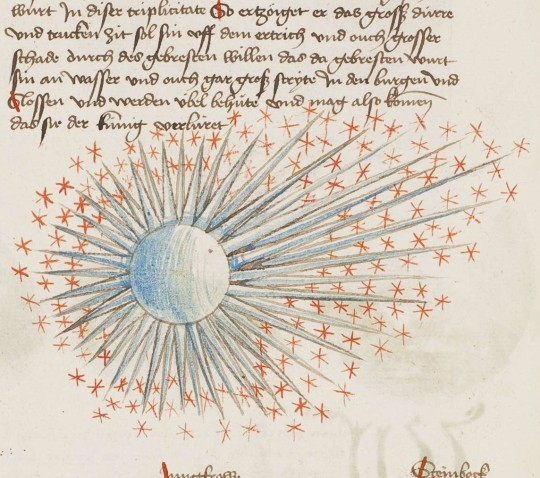






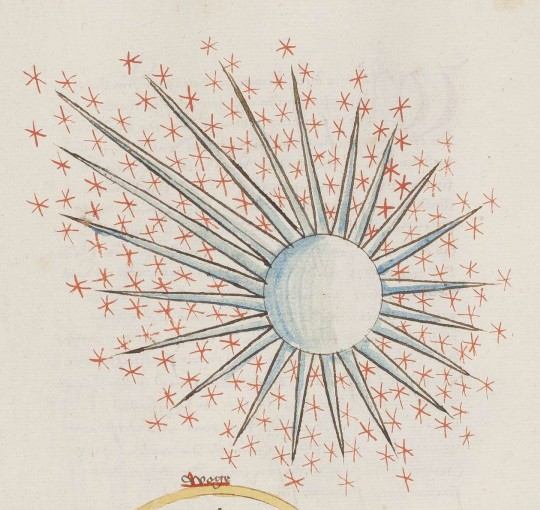
comets
in an astrological-astronomical miscellany, alemmanic german, c. 1500
source: Wolfenbüttel, Herzog August Bibl., Cod. Guelf. 8.7 Aug. 4º, fol. 94r-118r
#15th century#16th century art#astronomy#astrology#comets#Von den neun Kometen#medieval astronomy#medieval art
1K notes
·
View notes
Text
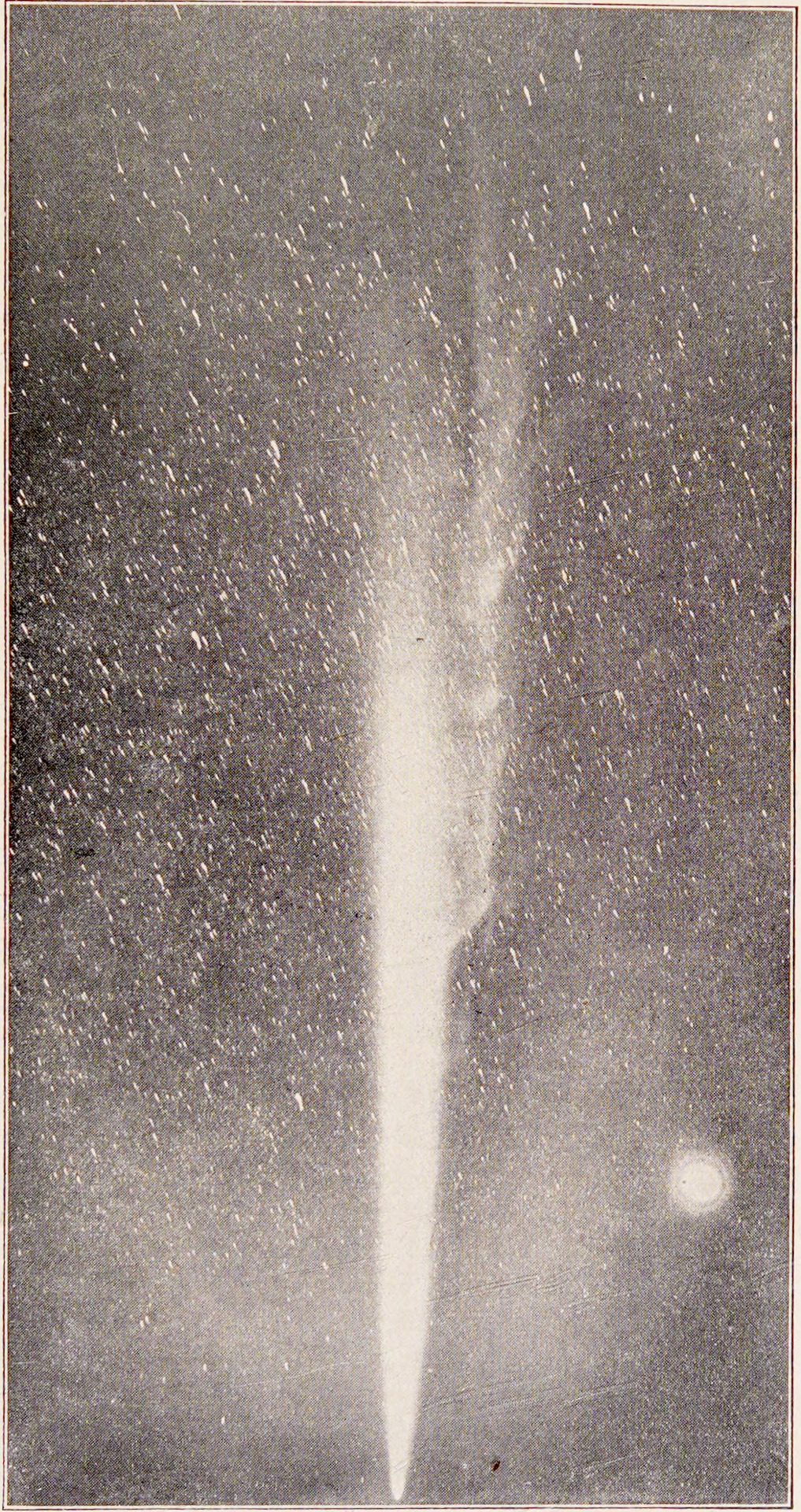
Halley's Comet, May 13, 1910. Populare Astronomie. 1922.
Internet Archive
846 notes
·
View notes
Text

A Geminid meteor streaks across the sky as the Soyuz TMA-19M spacecraft is rolled out by train to the launch pad at the Baikonur Cosmodrome on Sunday, Dec. 13, 2015, in Kazakhstan. Credit: NASA/Joel Kowsky
Make a Wish! How to See the Geminid Meteor Shower
Every December, we have a chance to see one of our favorite meteor showers – the Geminids. To help you prepare, we’ve answered some of your most commonly asked questions. Happy viewing, stargazers!
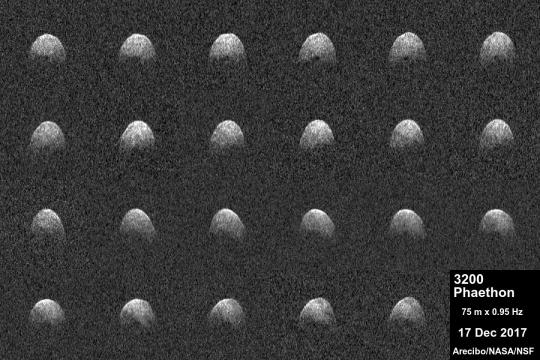
These radar images of near-Earth object 3200 Phaethon were generated by astronomers at the National Science Foundation's Arecibo Observatory on Dec. 17, 2017. Observations of Phaethon were conducted at Arecibo from Dec. 15 through 19, 2017. At time of closest approach on Dec. 16 at 3 p.m. PST (6 p.m. EST, 2300 UTC), the asteroid was about 6.4 million miles (10.3 million kilometers) away, or about 27 times the distance from Earth to the Moon. Credit: Arecibo Observatory/NASA/NSF
What are the Geminids?
The Geminids are caused by debris from a celestial object known as 3200 Phaethon striking Earth’s atmosphere. Phaethon’s origin is the subject of some debate. Some astronomers consider it to be an extinct comet, based on observations showing some small amount of material leaving its surface. Others argue that it has to be an asteroid because of its orbit and its similarity to the main-belt asteroid Pallas.

All meteors appear to come from the same place in the sky, which is called the radiant. The Geminids appear to radiate from a point in the constellation Gemini, hence the name “Geminids.” The graphic shows the radiants of 388 meteors with speeds of 35 km/s observed by the NASA Fireball Network in December 2020. All the radiants are in Gemini, which means they belong to the Geminid shower. Credit: NASA
Why are they called the Geminids?
All meteors associated with a shower have similar orbits, and they all appear to come from the same place in the sky, which is called the radiant. The Geminids appear to radiate from a point in the constellation Gemini, hence the name “Geminids.”

A Geminid streaks across the sky in this photo from December 2019. Credit: NASA
When is the best time to view them?
The Geminid meteor shower is active for much of December, but the peak will occur during the night of Dec. 13 into the morning of Dec. 14, 2023. Meteor rates in rural areas can be upwards of one per minute this year with minimal moonlight to interfere.
youtube
What do I need to see them?
As with all meteor showers, all you need is a clear sky, darkness, a bit of patience, and perhaps warm outerwear and blankets for this one. You don’t need to look in any particular direction, as meteors can generally be seen all over the sky. If you want to take photographs, check out these helpful tips.

An infographic based on 2019’s meteor camera data for the Geminids. Credit: NASA
Do you have any advice to help me see the Geminids better?
Find the darkest place you can and give your eyes about 30 minutes to adapt to the dark. Avoid looking at your cell phone, as it will disrupt your night vision. Lie flat on your back and look straight up, taking in as much sky as possible.

A Geminid streaks across the sky in this photo from December 2011. Credit: NASA
What will the meteors look like?
According to Bill Cooke, lead for the Meteoroid Environment Office at NASA’s Marshall Space Flight Center in Huntsville, Alabama, “Most meteors appear to be colorless or white, however the Geminids appear with a greenish hue. They’re pretty meteors!” Depending on the meteor’s chemical composition, the meteor will emit different colors when burned in the Earth’s atmosphere. Oxygen, magnesium, and nickel usually produce green.
Make sure to follow us on Tumblr for your regular dose of space!
#NASA#space#meteors#meteor showers#Geminids#asteroids#comets#science#sky#night#astronomy#astrophotography#YouTube
1K notes
·
View notes
Text

coffee and comets by anders scrmn meisner, unknown date, oil on canvas, 30 x 40 centimeters
#anders scrmn meisner#danish art#painting#oil painting#red#windows#bodies of water#ocean#plants#birds#comets#unknown date
1K notes
·
View notes
Text

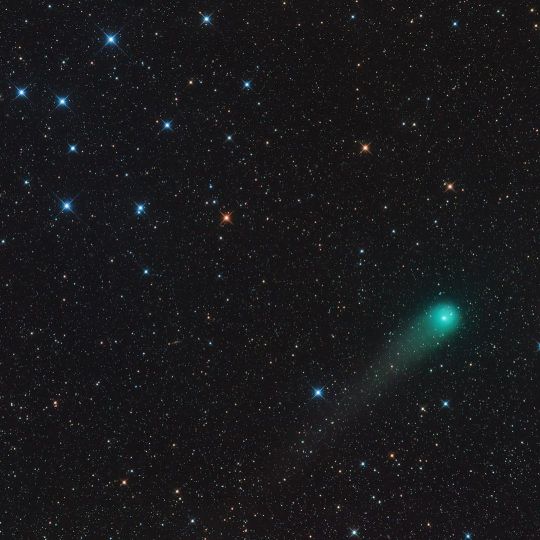
by daniel_nimmervoll
#space#cosmos#universe#science#stars#comet#comets#astrophotography#astronomy#astrophysics#aesthetic#nasa#curators on tumblr#up
3K notes
·
View notes
Text

Opened the shutter out of curiosity.
To see the Comets in the distance.
A rookie mistake...
~▪︎◇☆Prints☆◇▪︎~~▪︎◇♧Kofi♧◇▪︎~~▪︎◇My e-mail for freelance inquiries - [email protected]◇▪︎~
#ichi makes art#art#digital art#illustration#fantasy art#digital illustration#drawings#scifi art#2d animation#animated#animated gif#gif warning#dragons#comets#space#machines#space ship
566 notes
·
View notes
Photo
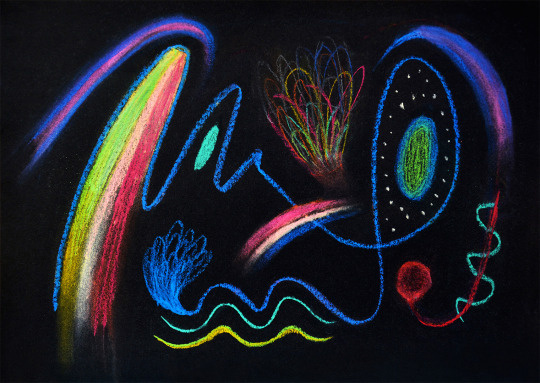

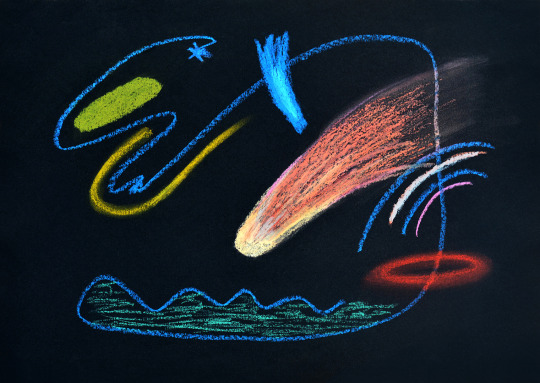
Comets and Rainbows ☄️
Pastel on paper
2022
Vukasin Delevic
#comets#artgallery#artists on tumblr#arte#beauxarts#painting#drawing#artgalerie#visualart#kunst#artoftheday#neon
2K notes
·
View notes
Text

COMET 144P KUSHIDA
#astronomy#nasa#astronomers#universe#astrophotography#nasa photos#astrophysics#outer space#nasawebb#hubble space telescope#comets#comet#nebula and quasar#heart nebula#neutron stars#planetary nebula#planetary science#science facts#space science#science#space program#space exploration#space#i love astronomy#astronomy facts#astrography#astro notes
159 notes
·
View notes
Text
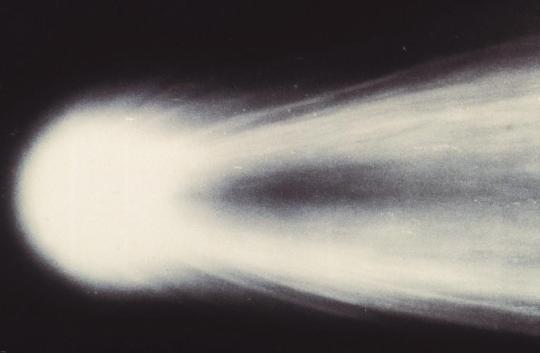
Unknown, Halley's Comet: Head, 1910
Mount Wilson Observatory
7K notes
·
View notes
Text
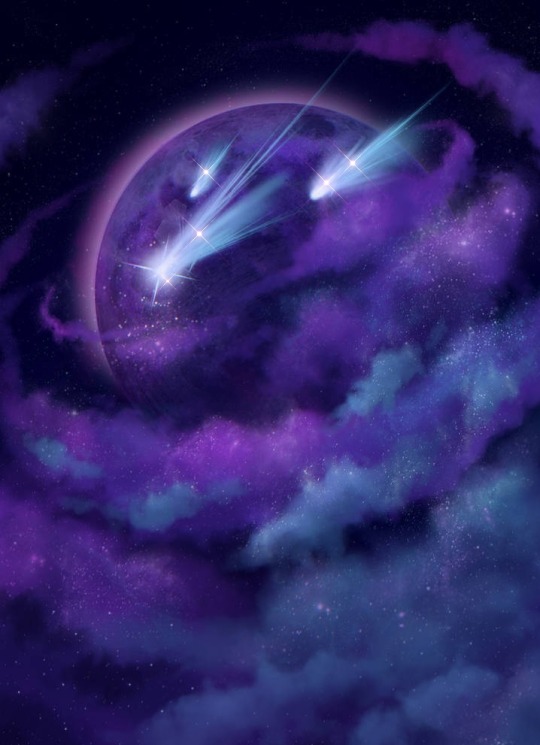
Celestial
#celestial aesthetic#celestial#comets#galaxy#galaxycore#space#stars#purple aesthetic#blue aesthetic#moon#my edit
821 notes
·
View notes
Photo

Illustration for Adirondack Life.
824 notes
·
View notes

